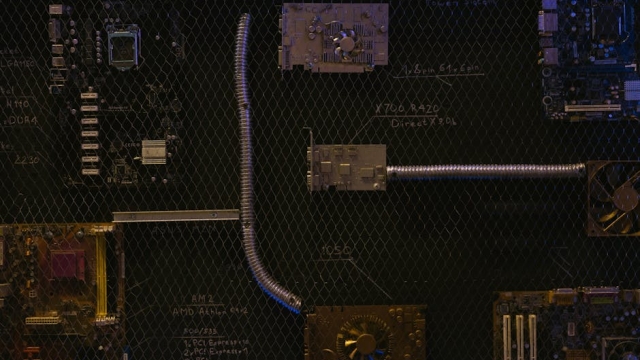Overview of Aquaculture Sustainability

As the global population continues to grow, the demand for seafood is increasing, placing significant pressure on natural fish stocks. This scenario has led to a rising interest in aquaculture, or fish farming, as a sustainable solution. However, the sustainability of aquaculture itself is crucial to ensure that it does not contribute to environmental degradation. Understanding and implementing aquaculture sustainability practices is essential for fostering an industry that can thrive without compromising the health of our ecosystems.
Overview of Aquaculture Sustainability
Aquaculture sustainability encompasses a holistic approach to fish farming that seeks to minimize environmental impact while maximizing social and economic benefits. This involves managing resources efficiently, protecting biodiversity, and ensuring that aquaculture operations are socially responsible. Sustainable aquaculture prioritizes practices that maintain the ecological balance, preserve water quality, and promote the welfare of farmed species. By embracing these principles, the industry can not only meet the growing seafood demand but also contribute positively to the health of marine ecosystems.
Key Sustainable Practices in Aquaculture
There are several key practices that define aquaculture sustainability. These practices can significantly reduce the ecological footprint of fish farming and enhance the overall sustainability of the industry.
Integrated Multi-Trophic Aquaculture (IMTA)
IMTA is an innovative approach that involves cultivating different species of aquatic organisms together. For example, fish can be raised alongside shellfish and seaweed. The nutrient waste produced by fish can be utilized by shellfish and seaweed, creating a balanced ecosystem. This practice not only improves resource efficiency but also enhances biodiversity and reduces the need for artificial feeds, making it a hallmark of aquaculture sustainability practices.
Organic Aquaculture
Organic aquaculture emphasizes the use of natural feeds and prohibits the use of synthetic chemicals and antibiotics. This method promotes a healthier environment for fish and a safer product for consumers. By adhering to organic standards, farmers can create a more sustainable system that prioritizes animal welfare and environmental health. This approach can also appeal to consumers who are increasingly concerned about the origins and quality of their food.
Use of Sustainable Feed
The formulation of fish feed is a critical aspect of aquaculture sustainability. Traditional fish feed often relies on fishmeal and fish oil derived from wild-caught fish, which can deplete natural fish populations. Sustainable feed alternatives include plant-based ingredients, insect protein, and by-products from other industries. By utilizing these resources, aquaculture operations can significantly reduce their dependency on wild fish stocks while providing nutritious diets for farmed species.
Case Studies of Successful Implementation
Numerous aquaculture operations worldwide have successfully implemented sustainable practices, serving as models for others in the industry.
| Practice | Location | Outcome |
|---|---|---|
| IMTA | Canada | Improved water quality and increased biodiversity |
| Organic Aquaculture | Norway | Higher market demand and premium pricing |
| Sustainable Feed | Chile | Reduced reliance on wild fish stocks |
Benefits of Adopting Sustainable Methods
Implementing aquaculture sustainability practices offers numerous benefits. Environmentally, these methods help protect marine ecosystems and conserve biodiversity. Economically, sustainable practices can lead to cost savings and higher market prices for sustainably sourced seafood. Socially, they promote healthier communities by providing safe, nutritious food and supporting local economies. By prioritizing sustainability, aquaculture can become a cornerstone of global food security while safeguarding the health of our planet.
In conclusion, the importance of aquaculture sustainability practices cannot be overstated. By embracing these strategies, fish farmers can contribute positively to the environment and society while meeting the increasing global demand for seafood. For more information on implementing sustainable aquaculture practices, resources can be found at Wolize.
